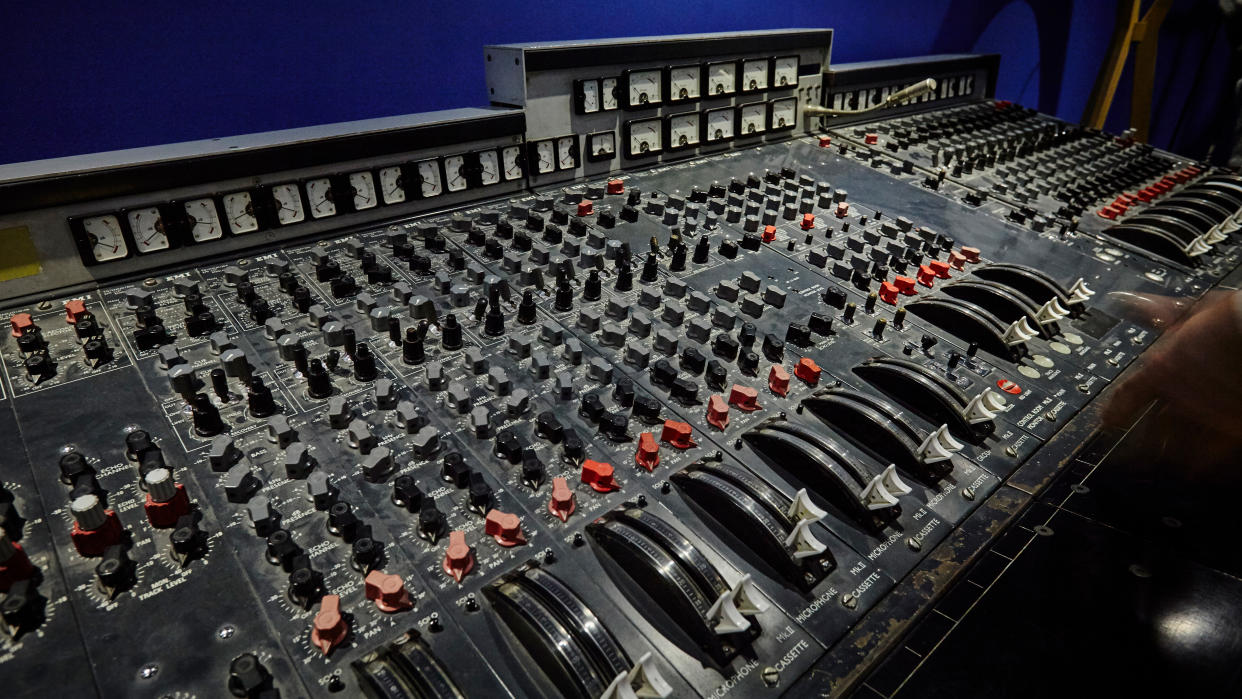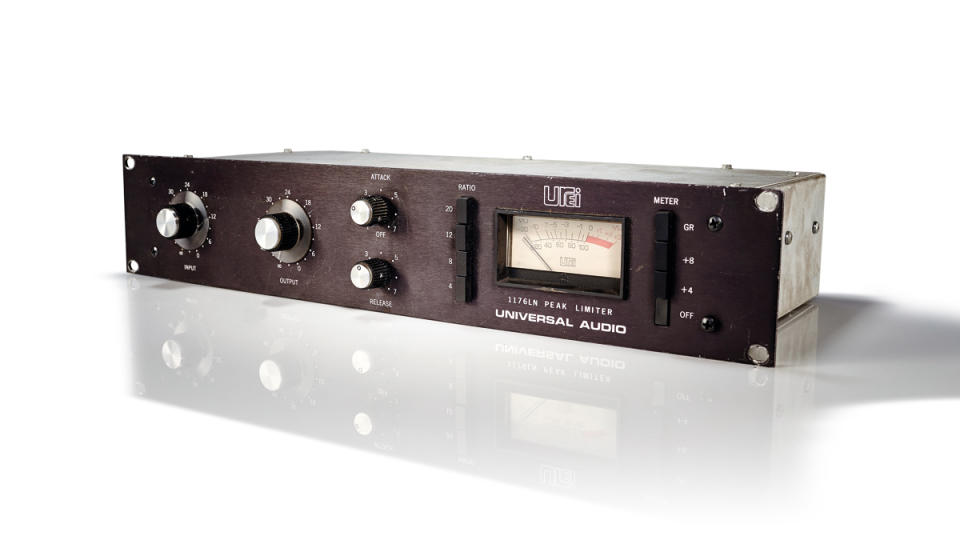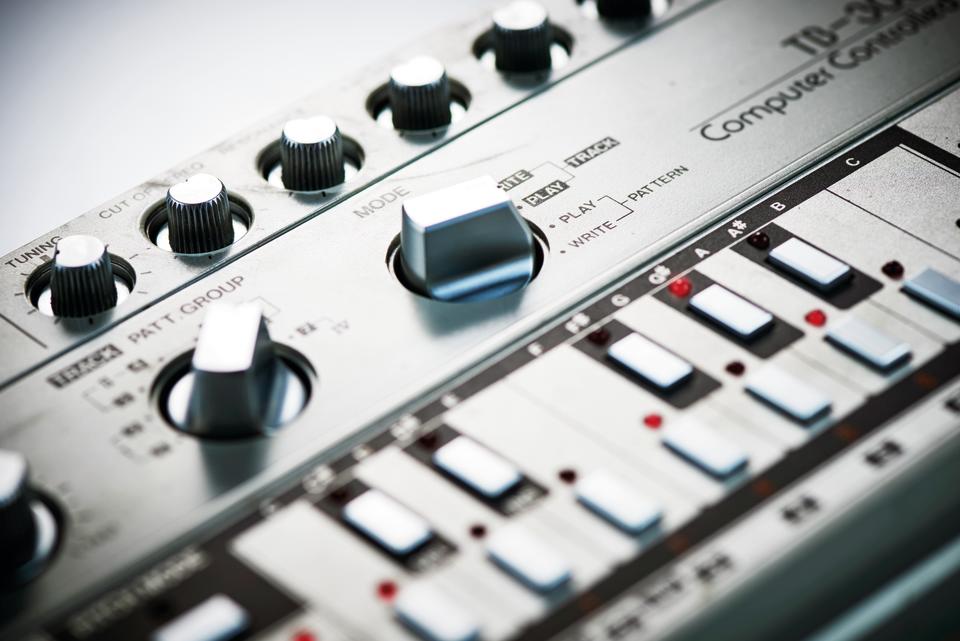Vintage tools, modern techniques: How to get the sound of legendary gear using contemporary software

Really, it’s the wealth of tools at our disposal that has made 21st century producers perhaps a bit too complacent. Getting back to that synth analogy, why bother recreating a sound when there are literally hundreds of presets done for you?
It’s the same with mixing. We have perhaps lost the ‘how’ and ‘why’ in favour of ‘just load another plugin’. This feature is about paring things back, looking at classic production techniques and vintage gear, and going back to basics. But first, why that gear was so vital in the first place…
Musical mishaps
There’s a big argument that some of the classic gear used in the production techniques that we’re going to discuss became famous through misuse, happy accidents or their own idiosyncratic sonic character.
READ MORE

Blast from the past: Urei 1176LN
Starting with EQs and compressors, they were both intended to do fairly simple jobs. Compressors were initially designed to bring some evenness to recordings back in the ’50s and ’60s, to tame erratic vocals or other instruments. EQs would be designed to boost or cut certain frequency ranges, and that’s it. But a lot of vintage EQs and compressors imparted a special colouration or sound on a track, not something that was particularly asked for at the time, but that the electronic circuitry naturally generated. Before long these old pieces started to be used just for the sound and not necessarily their original intended purpose.
The UREI 1176 compressor is a case in point. It delivered a bright, energetic sound and was used by producers including Bruce Swedien when recording Michael Jackson. The same compressor also has a famous ‘all buttons in’ mode, an almost accidental find which results in more distortion for bass and guitar. Some producers even used this unit, and other pieces of vintage gear with its original function – in this case compression – disabled, just to get the crispy sound of the hardware.
For EQs we have a very similar story with the Pultec EQP-1A. Here’s another piece of classic hardware where simply running your signal through it will give your sound a hard-to-define extra sauce. And it too has a classic ’shouldn’t do that’ trick. This time it’s the famed Pultec ‘low-end trick’ where the low end can be boosted and cut at the same time. Because of the circuitry in the original machine, rather than the boost and cut cancelling one another out, it actually delivered a new EQ curve that delivers a much tighter and more characterful low end.
Character study
With other gear, it’s not so much about misuse, but simply goes back to that undefinable analogue character that it imparts. Channel strips that replicate the input channels of classic mixers, for example, deliver this in spades because they will typically include preamps, EQs and more.
Very often they will emulate certain classic mixing desks like API, SSL, Amek, Neve and many more. Again, in some cases, it’s simply a case of running your audio through these plugins just to get an essence of what the original hardware delivers; the objective here is essentially replacing the digital sterility that your DAW-oriented approach can sometimes result in, and imparting some colour, maybe a mild dose of saturation for some very light distortion, or even some hiss. Which brings us nicely to tape.
So dramatic is the character that machines like these deliver, that you’ll find today’s top recording studios still proudly decked out with the originals
At the other end of the recording chain, there used to be a monster of a multitrack tape recorder rather than a hard drive. These machines were made by the likes of Studer, Ampex, Sony and TEAC and, you guessed it, each had its own individual character that it would coat itself on the recordings. It wasn’t just about hiss, but mechanical byproducts like wow, flutter and mild saturation. So dramatic is the character that machines like these deliver, that you’ll find today’s top recording studios still proudly decked out with the originals (the corridors in Abbey Road, for example, are littered with them).
Vintage reverbs are split between pieces of classic hardware made by the likes of EMT, Lexicon or AMT, or actual physical plate reverbs – large plates used to create the reverb effect – or actual spaces used on classic recordings. Abbey Road (again), for example, still has (and uses) both iconic chamber spaces used in Beatles recordings and plate reverbs.
READ MORE

Roland TB-303 vs. software emulations: can you tell the difference?
Luckily, all of these pieces of vintage equipment or spaces have been emulated by companies including Arturia, Slate Digital, Universal Audio, Waves, Softube, Roland and many others. However, you should be able to apply all of our techniques to any emulation made by any company. Where possible, we’ll add some plugins from our very own suite of effects and instruments (free with every issue of Computer Music magazine) or freeware, so you need not shed any cash at all.
All set? it’s time to go back in time to explore some of the vintage techniques that you can bring to your modern productions today...

